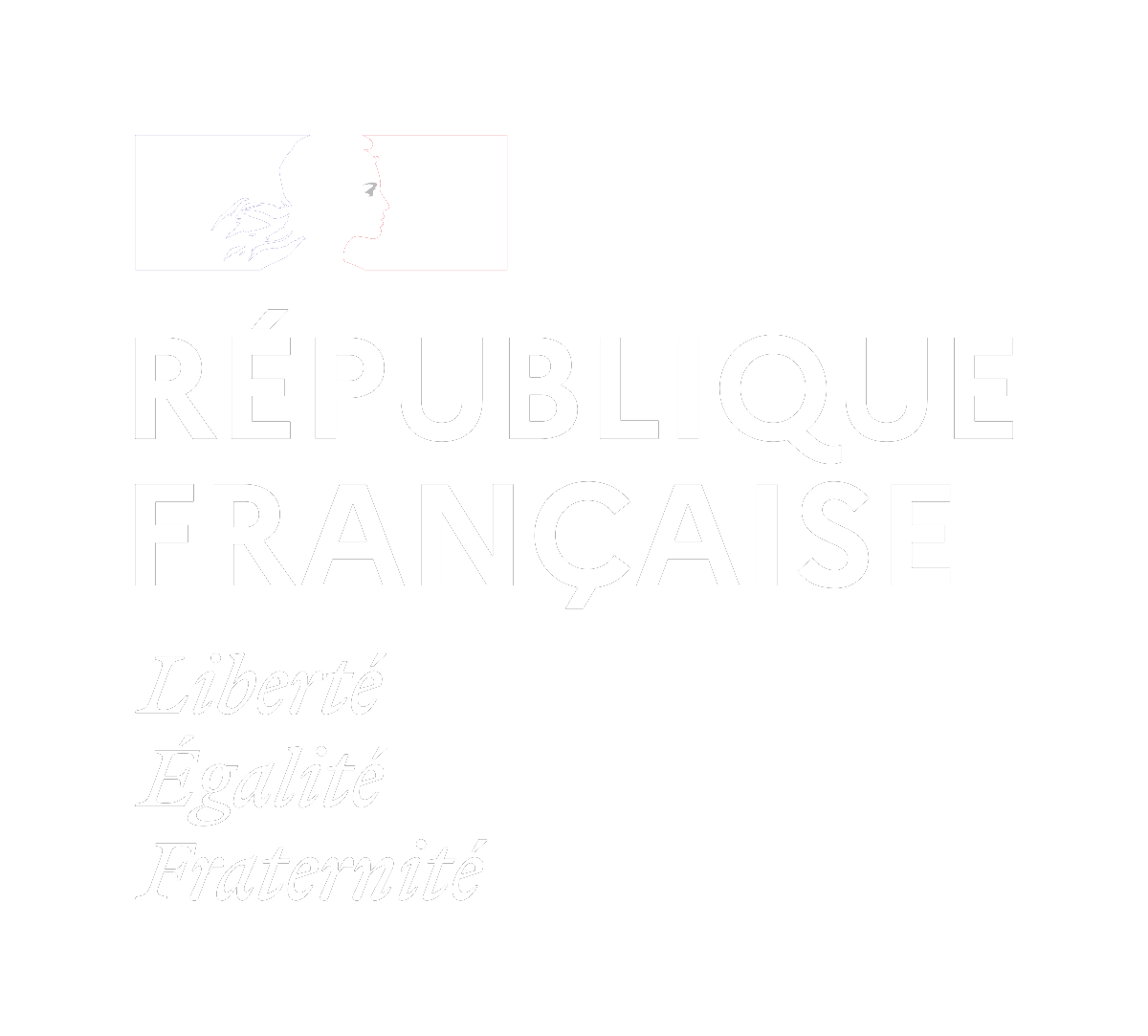5 Essential Elements of a CSR Report in Fashion

In the ever-evolving fashion industry, a strong Corporate Social Responsibility (CSR) strategy is not just a nice-to-have but a critical component of a brand's identity. Consumers today demand transparency, ethical practices, and sustainable initiatives from the brands they support. A well-crafted CSR report can effectively communicate your brand’s values, achievements, and future plans. Here are five essential elements that every fashion brand’s CSR report should include to stand out and genuinely make an impact.
1. Clear Articulation of CSR Strategy
A strong CSR report begins with a clear articulation of your CSR strategy. Outline your brand’s mission, vision, and the specific areas where you aim to make a difference, such as environmental sustainability, ethical labor practices, and community engagement.
Explain how these goals align with your overall business strategy. Clearly defining your CSR strategy means setting the stage for the rest of the report, making it easier for stakeholders to understand your commitment and the steps you’re taking to achieve your objectives.
2. Transparency and Honest Reporting
Transparency is key to building trust with your stakeholders. Your CSR report should openly address both successes and challenges. Include detailed data on your environmental impact, such as carbon emissions, water usage, and waste management.
Discuss your supply chain practices and how you ensure ethical labor conditions. Use third-party certifications and audits to substantiate your claims. Honest reporting not only enhances credibility but also shows that your brand is committed to continuous improvement.
3. Supply Chain Transparency
In the fashion industry, supply chain transparency is crucial. Your CSR report should map out your entire supply chain, from raw material sourcing to manufacturing and distribution. Provide insights into how you select and audit suppliers to ensure they meet ethical and environmental standards.
Highlight any certifications or partnerships that reinforce your commitment to responsible sourcing. Transparent reporting on your supply chain builds trust and shows that your brand is accountable for every step of the production process.
4. Innovative Sustainability Initiatives
Highlighting innovative sustainability initiatives can set your brand apart in a crowded market. Showcase the unique approaches and technologies you are adopting to reduce your environmental footprint.
This could include the development of sustainable fabrics, the implementation of circular fashion practices, or the use of renewable energy in your operations.
5. Highlight Your Engagement
Detail your brand’s involvement in initiatives that address both environmental and social issues. This might involve collaborating with stakeholders to tackle challenges such as pollution, waste management, and climate change.
Providing case studies and testimonials from beneficiaries can vividly illustrate the positive impact of your initiatives, showcasing real-world examples of how your brand is making a difference.
Leveraging Technology for CSR Reporting
The complexity of CSR reporting in the fashion industry necessitates the use of advanced technological solutions. Digital tools and platforms can help streamline data collection, enhance accuracy, and facilitate comprehensive reporting. Utilizing technology to automate and analyze data ensures that your CSR report is both reliable and insightful.
More and more brands are recognizing the importance of publishing their CSR reports, responding to consumer demand for transparency and ethical practices. This growing trend reflects a collective commitment to sustainability and social responsibility within the fashion industry.
Fairly Made plays a crucial role in this landscape by helping brands centralize their data and maximize its potential, effectively showcasing their engagements and achievements and enhancing their credibility with stakeholders.






.png)

.svg)